Looking for a travel destination that combines crystal-clear beaches and breathtaking mountain landscapes? Then, Costa Brava, in Spain, is a great option!
Costa Brava is a scenic stretch of Catalan coastline that runs north of Barcelona to the French border. Picture secluded rocky coves, cute medieval villages, and stunning rugged landscapes… But also delicious food and a vibrant culture.
It’s a paradise for water sports enthusiasts, hiking and cycling lovers, and travellers looking to indulge in outstanding cuisine and culture. So, whether you’re looking for an action-packed adventure or a more relaxed trip, the Costa Brava has something for you!
Read on to learn more about this region, from local tips for exploring it to how to plan an authentic trip!
* Post written for the first time in February 2023 and updated in April 2025.
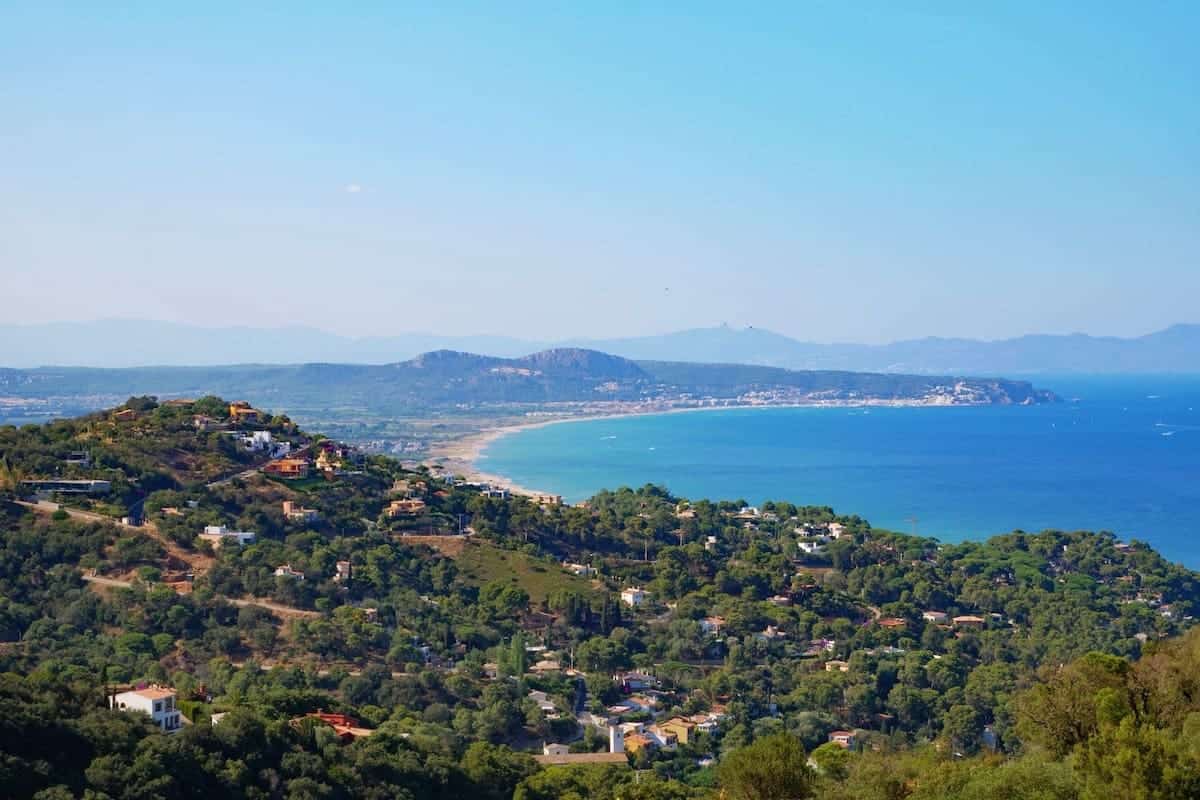
Essentials to know before you go
Summers are hot!
Long story short, it gets really hot in the summer, whereas winters are pleasant.
Summer offers plenty of sunshine, with temperatures reaching 30°C (86°F). It’s perfect for water sports, but in our opinion, too hot for hiking or cycling. If you want to enjoy those activities, you’d better start early and avoid doing them in the middle of the day.
In winter, temperatures rarely drop below 10°C (50°F), making it pleasant for cycling and hiking, though the sea is too cold for swimming or water sports without a wetsuit.
Rainfall is rare in the Costa Brava region, and it rains less and less every time. So, your chances of getting wet are low. We always recommend checking Accuweather in advance to know the weather forecast. You might need to add a last-minute rain jacket to your luggage!
Catalan is the main language you’ll hear
Costa Brava is part of Catalonia (which is part of Spain), so you’ll find that locals mostly speak Catalan rather than Spanish. Don’t be surprised if you see most things written in a language that looks alien to you!
All Catalans also speak Spanish, so if you speak some, just go for it!
Also, you’ll be fine in most restaurants, which have menus in both languages (sometimes even in English).
It’s incredibly popular in summer
Costa Brava is a trendy summer holiday destination, with many locals holidaying there. The coves get crowded, and the accommodations are booked months in advance. So, prepare for your trip early if you plan to visit in the summertime.
If possible, we advise avoiding July and August for your trip. It’s scorching hot, prices are higher, and crowds are usual. If you decide to go during those months, try to go mid-week instead of the weekend.
To us, the best months to enjoy this region are June and September, especially if you want to enjoy water activities.
Spring, fall, and winter are also great times, with pleasant temperatures and fewer crowds. We recommend spring or autumn if you plan to go hiking or cycling!
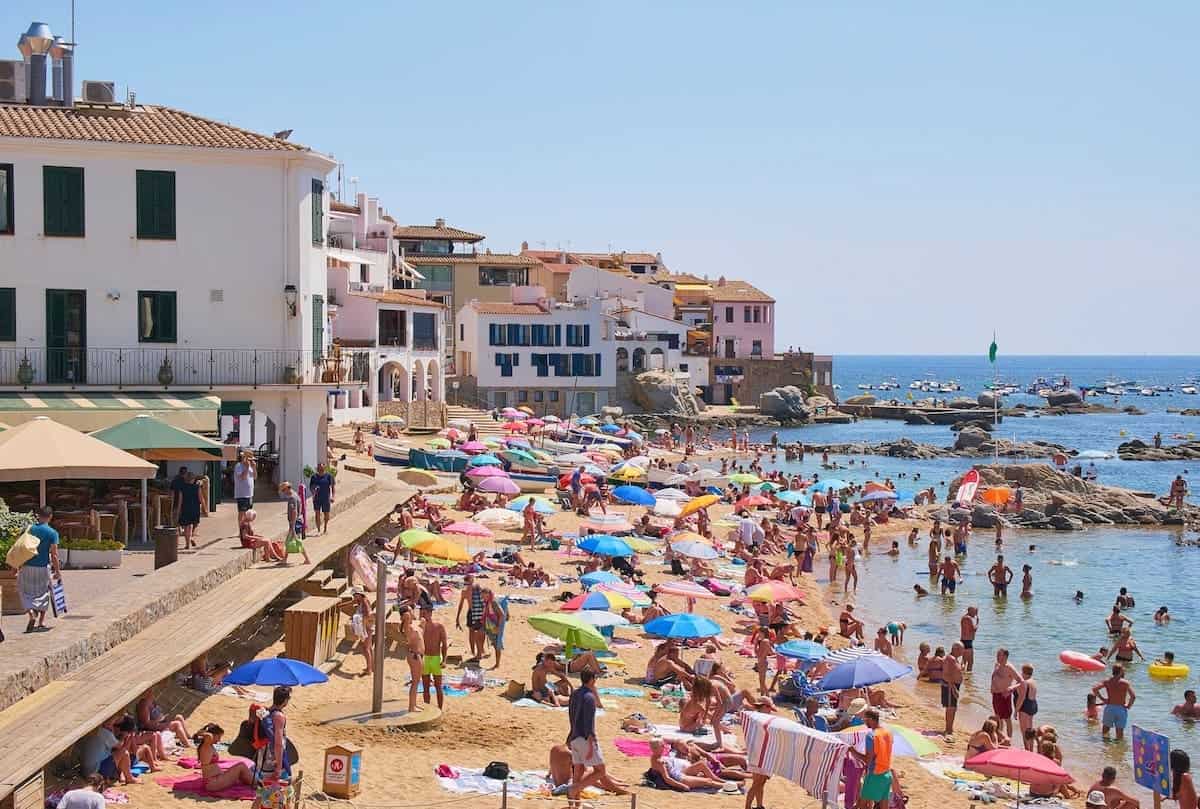
Favourite things to do in Costa Brava, Spain
Go on adventures in (or nearby!) the sea
Costa Brava’s crystal clear waters and sunny weather make it ideal for exploring and experiencing all kinds of water sports—snorkelling, diving, kayaking, SUP, swimming, you name it!
Some of our preferred adventures on this wild coast are:
🤿 Freediving in the Cap de Creus Natural Park
🧗🏻♀️ Climbing the via ferrata Cala del Molí
🛶 Kayaking, snorkelling, and foraging while learning about Mediterranean algae and plants
🐠 Diving through underwater tunnels, colourful rock walls, and impressive wrecks
🚴♀️ Bikepacking in the Cap de Creus Natural Park
Hike the Camí de Ronda
This amazing trail takes you along the Mediterranean coastline, offering stunning views of the Mediterranean Sea and the surrounding mountains. As you make your way along this incredible hiking route, you’ll also get to explore some of the area’s most beautiful villages and towns.
The Camí de Ronda trail starts in Portbou, a small village bordering France. It follows the Catalan coast, finishing in Ulldecona, a town bordering Valencia. Of its 31 stages, 12 occur in Costa Brava, connecting all the seaside towns. We’ve written about one of the stages, the one from Calella to Palamós, and more guides about the other sections will follow soon!
We can’t recommend hiking at least one section of this trail enough. It’s an excellent way to discover hidden coves and beautiful corners and marvel at the contrast of the pines’ green with the sea’s blue.
⚠️ IMPORTANT!
If you plan a hike, we recommend starting early in the morning in July and August. Although you can find some pine shadows to rest under, some long stretches without a single shadow can be intense under the hot summer sun. This is why spring, autumn, and winter are excellent months to enjoy this hike! Anyway, remember to bring plenty of water and sunscreen!

Explore picturesque villages
Besides the idyllic coves and the endless adventure opportunities, another highlight of Costa Brava is its charming villages. You can hop from one to another following the Camí de Ronda and stop to enjoy a dip at one or two beaches along the way.
Some suggestions include Tossa de Mar, famous for its medieval old town; Port de la Selva, with its white houses; Cadaqués, the village where Salvador Dalí lived; Calella de Palafrugell, with its narrow streets; Pals, a medieval village with a lot of history; and Begur, home to an impressive castle.
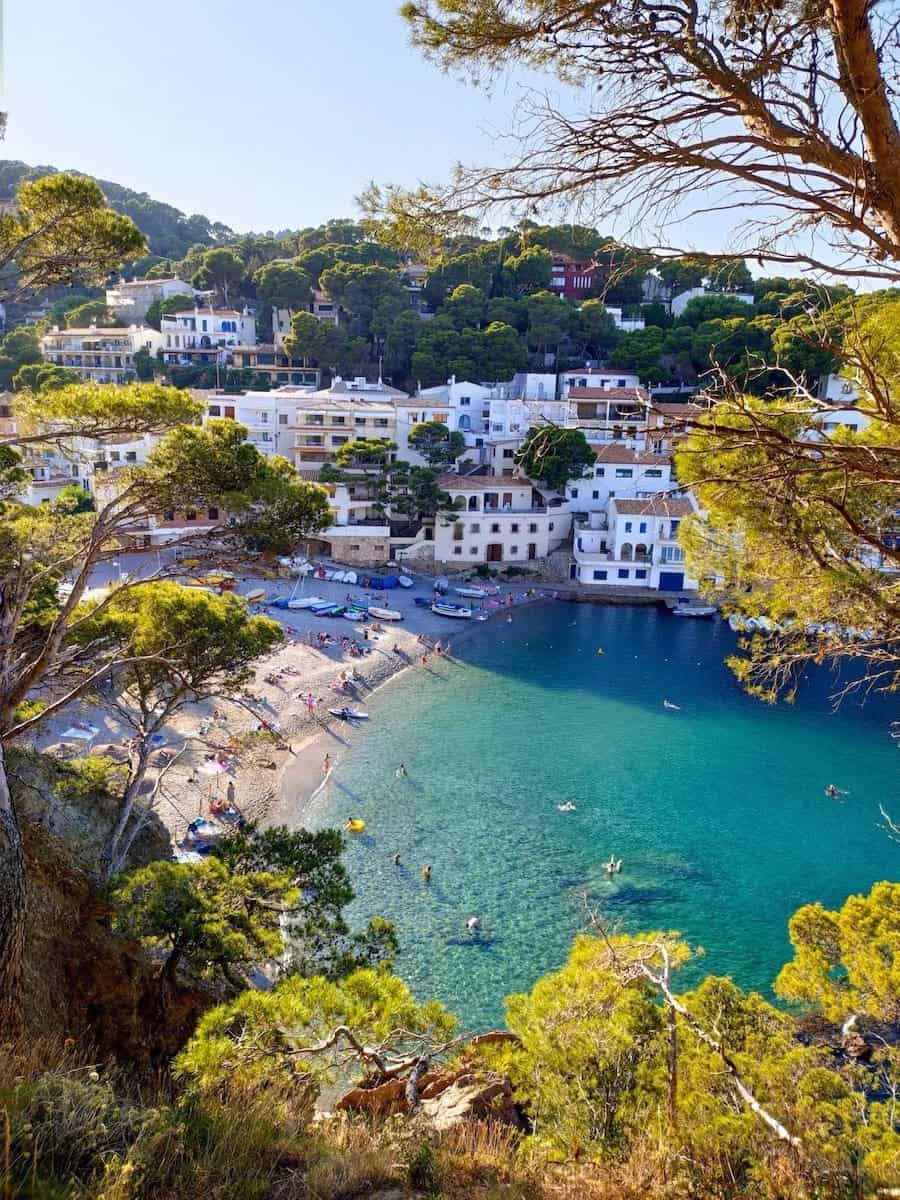
Discover Costa Brava’s capital: Girona
The city of Girona is worth at least some hours of your time to discover its rich history and culture. It became popular some years ago as one of the filming locations of Game of Thrones. But whether you’re a fan of this show or not, we’re sure you’ll love the city’s architecture, vibe, and exquisite food!
Check out what to do there, where to eat, and the best time to go in our Girona guide.
Watch the sunrise over the Mediterranean Sea
We know we’re asking you to wake up early… but for a good reason! The sun rises over the sea on the Catalan coast, creating a natural show you shouldn’t miss. Check the sunrise time, set the alarm, and start your day with an absolute blast!
We know that waking up when it is dark can be tricky, but we can assure you that you won’t regret it.
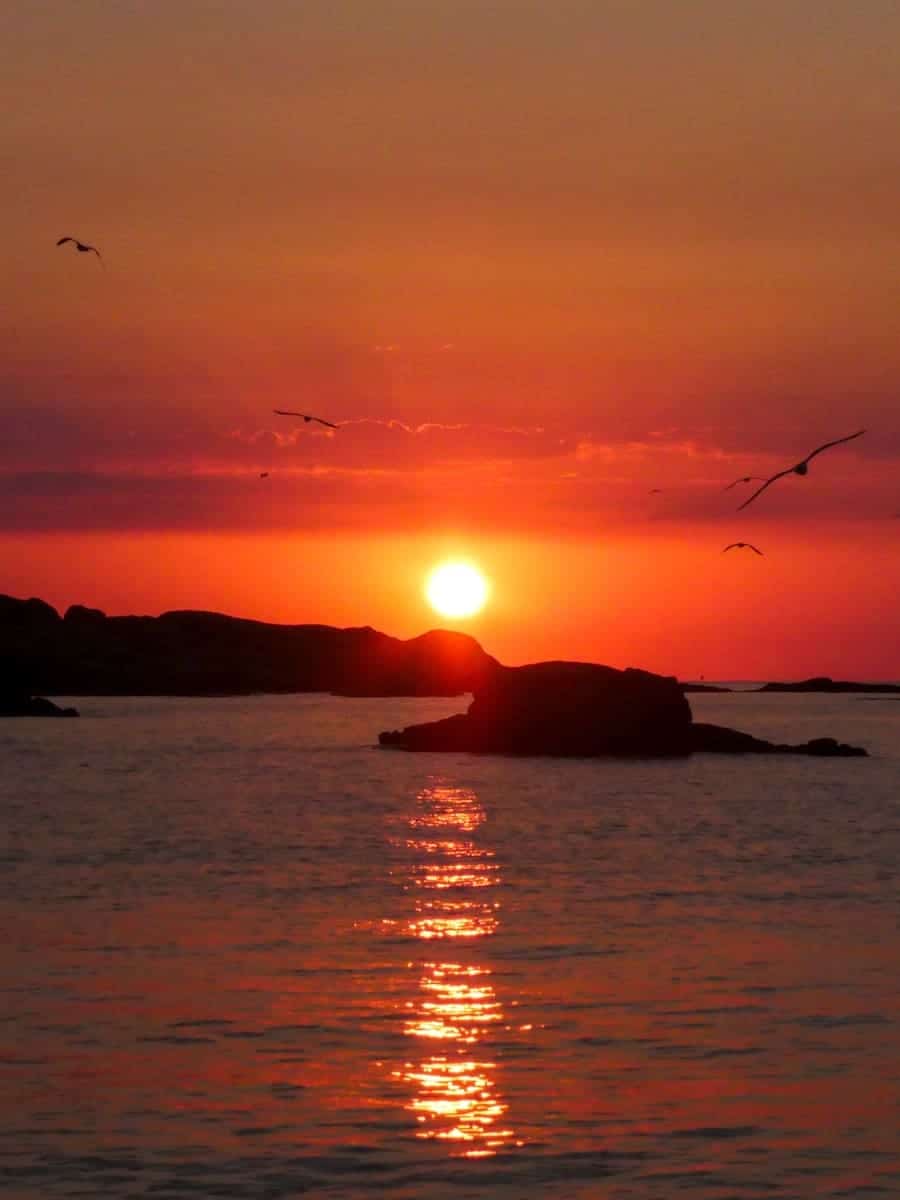
👀 Read next
Check out our “Top 15 things to do and see in Costa Brava” guide to discover more amazing things to do in the area.
Typical food to eat in Costa Brava
Spoiler: Forget about paella.
Costa Brava is a paradise for foodies, and we’re sure it will please even the pickiest eaters! The region has excellent places to eat, from local xiringuitos (beach restaurants) to five Michelin-starred restaurants.
Here are some of the most mouth-watering dishes that this region has to offer:
- Gambes de Palamós: The prawns from Palamós are famous for their strong yet succulent flavour. Their colour is intensely red, and they are renowned worldwide for their tasty meat.
- Anxoves de L’Escala: The anchovy fillets from the village named L’Escala have a reputation for being exquisite. The anchovies are salted and kept in olive oil, and we usually eat them with pa amb tomàquet (bread rubbed in tomato). So, this is probably the most uncomplicated yet delicious tapa in the world!
- Esqueixada: A traditional Catalan dish made with shredded salt cod, onion, tomatoes, olive oil, vinegar, and olives. It’s served cold, like a salad.
- Mar i muntanya: This is a typical dish that combines ingredients from the sea (mar in Catalan) with the mountain (muntanya). It usually has prawns, lobster, other seafood, chicken, rabbit, and other meat, and it’s similar to a stew. In some places, it’s served with rice.
- Arròs negre: This dish translates as “black rice”. It’s similar to paella, but instead of cooking the rice with broth and tomato, the rice is cooked with squid or cuttlefish ink, hence the black colour. The rice is served with mussels, cuttlefish, squid, prawns, or other seafood.
- Garoines: Sea urchins. In the past, fishermen in the area caught them on the rocks and ate them straight, together with a piece of bread. Nowadays, this is an exquisite dish.
- Recuit de drap: This cheese is made with sheep or goat’s milk. It’s soft and creamy and has a sweet taste. Its name comes from the elaboration process, where the cheese is covered with a cloth (drap in Catalan) to ferment. We eat it as a dessert, together with honey, and it’s delicious!
- Fideuà: This is like paella but made with pasta instead of rice. The pasta used is named fideus, and it’s like spaghetti but thinner and shorter. The pasta is cooked with fish fumet, vegetables, and seafood.
👉🏼 Read next
For a complete overview of the typical and authentic food you can’t miss in Costa Brava, check out our article “A local foodie’s guide to Costa Brava’s authentic foods and flavours“.
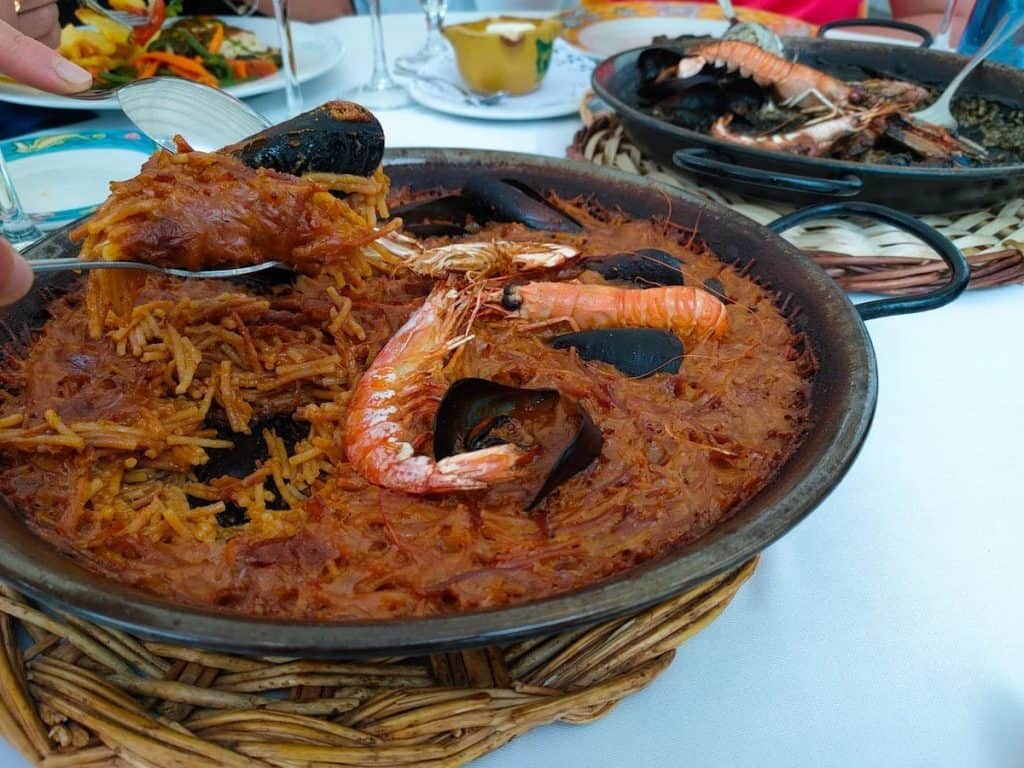
Where to stay in Costa Brava
There are plenty of options to choose from in Costa Brava, Spain, from luxurious hotels with sea views to apartments ideal for family holidays. Check for accommodation in Costa Brava and see what’s available on your travel dates.
Keep in mind that the high season usually starts in June and ends in September, and accommodation prices are higher during this time.
Also, if you’re looking for a campsite instead of a hotel, consider that almost all campsites close for the winter.
Your idea of camping can differ depending on where you are coming from. Campsites in Costa Brava are not the same as campsites in Australia’s national parks, where you only hear the sound of nature and the amenities are rather scarce.
Campsites in Costa Brava are synonyms for children running around and tight parcels. Also, they tend to have all the amenities you can think of: a swimming pool, cafeteria, entertainment for children, etc.
⚠️ Important!
If you’re going to Costa Brava in the summer, make sure to book your accommodation way in advance. We can’t stress this enough!
How to get to Costa Brava
Several buses a day reach the various villages of the region from Barcelona and Girona. You can check Google Maps to see the company that operates the buses and then find the schedules and prices on its website.
Remember that no train connects Girona or Barcelona with Costa Brava villages, except for Blanes (the getaway to Costa Brava).
Finally, if your trip starts or finishes in Costa Brava, it’s worth checking to see if there are flights from your place to Girona’s airport. This one is closer to Costa Brava than Barcelona and can save you some hours of travelling.
How far is Costa Brava from Barcelona?
The closest town to Barcelona is Blanes, which you can reach via a direct train in 1 h 28 min.
For the rest of the villages, you must take a bus from Estació del Nord in Barcelona or the airport (both T1 and T2). These are the journey durations to the most famous villages:
- Bus to Lloret de Mar: 1 h.
- Bus to Tossa de Mar: 1 h 15 min.
- Bus to Sant Feliu de Guíxols: 1h 30 min.
- Bus to Platja d’Aro: 1 h 45 min.
- Bus to Palamós: 2 h.
- Bus to Palafrugell: 2 h 15 min.
- Bus to Begur: 2 h 25 min.
- Bus to Pals: 2 h 45 min.
- Bus to L’Escala: 3 h.
- Bus to Roses: 2 h 15 min. Doesn’t depart from the airport, only from Estació del Nord in Barcelona.
- Bus to Cadaqués: 2 h 45 min. Doesn’t depart from the airport, only from Estació del Nord in Barcelona.
How to move around Costa Brava
One of the first things you must know is that Costa Brava is a large area. So, what are the options for exploring it properly?
🥾 On foot
As we mentioned, one of the best ways to move around is on foot. This is a wonderful option if you choose to stay in a place and want to visit the neighbouring villages.
If you love hiking or backpacking, you can also use your feet as your primary form of transportation! Check the Camí de Ronda sections, choose which ones you want to do during your trip, and you’re ready to soak up the Costa Brava’s beauty while travelling at your own pace.
🚲 By bike
A superb alternative to renting a car and still getting the most out of Costa Brava is bikepacking. There is a 530-km bikepacking loop out of Girona which allows you to see all the coastal villages and highlights of the region, including natural parks, medieval towns, and beautiful beaches. This route is best made with an MTB or a gravel bike.
🚗 By car
Hiring a car is a great decision if you’re considering visiting several spots and don’t have much time. All in all, it’s the fastest way to move around. Still, you should remember that summer traffic can be crazy, especially on Friday and Sunday evenings.
Also, if you’re considering going to Cadaqués in the summer, do so early in the morning (and be patient!). There is only one mountain road to the village, leading to big queues. Finding a spot to park can also be tricky.
🚎 By public transport
Although we love using public transport and don’t have to rely on a car, we strongly discourage you from using it in Costa Brava. You can get to some places by bus, but the journeys are long, and you often need to change from one bus to another. And the train? Well, it doesn’t go to the coastal parts of the Costa Brava region, so forget about this option.
Also, some coves and the smallest villages can’t be reached by public transport at all.
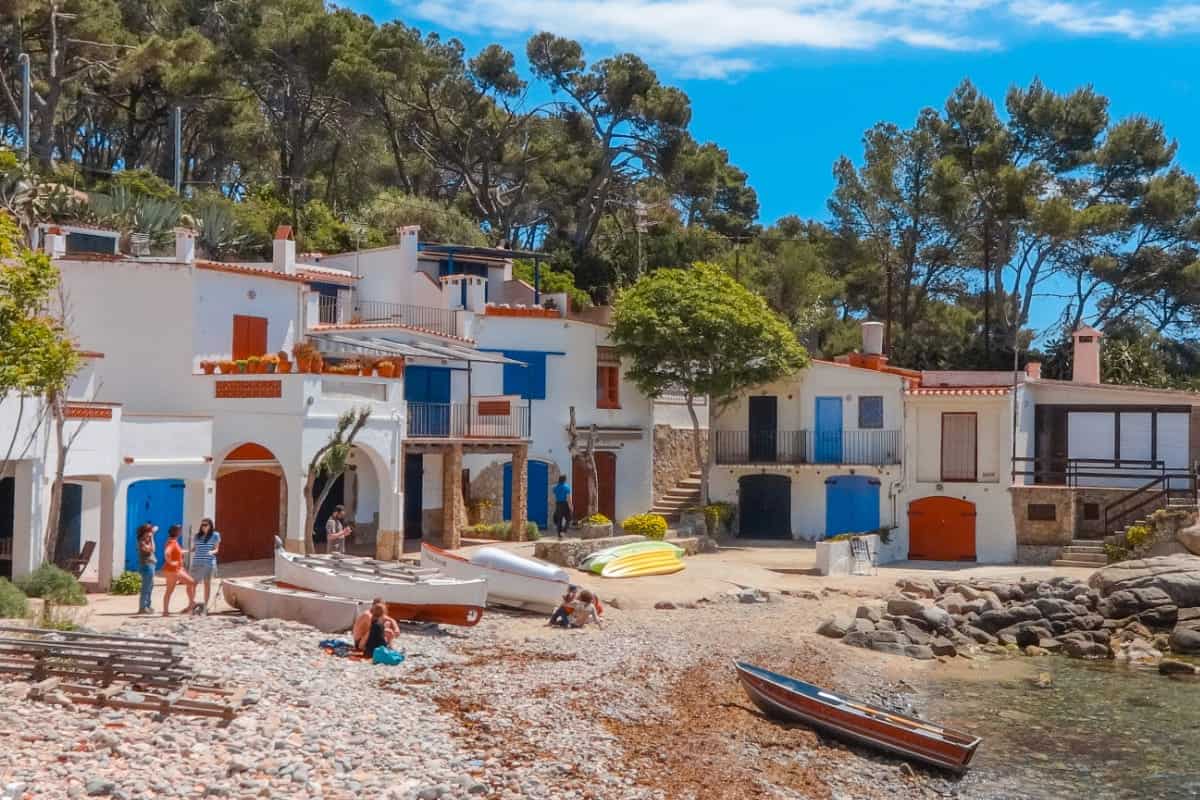
And that’s a wrap! We hope this guide helps you better plan your visit to the Costa Brava. Let us know your favourite coves, villages, and adventures if you go there!

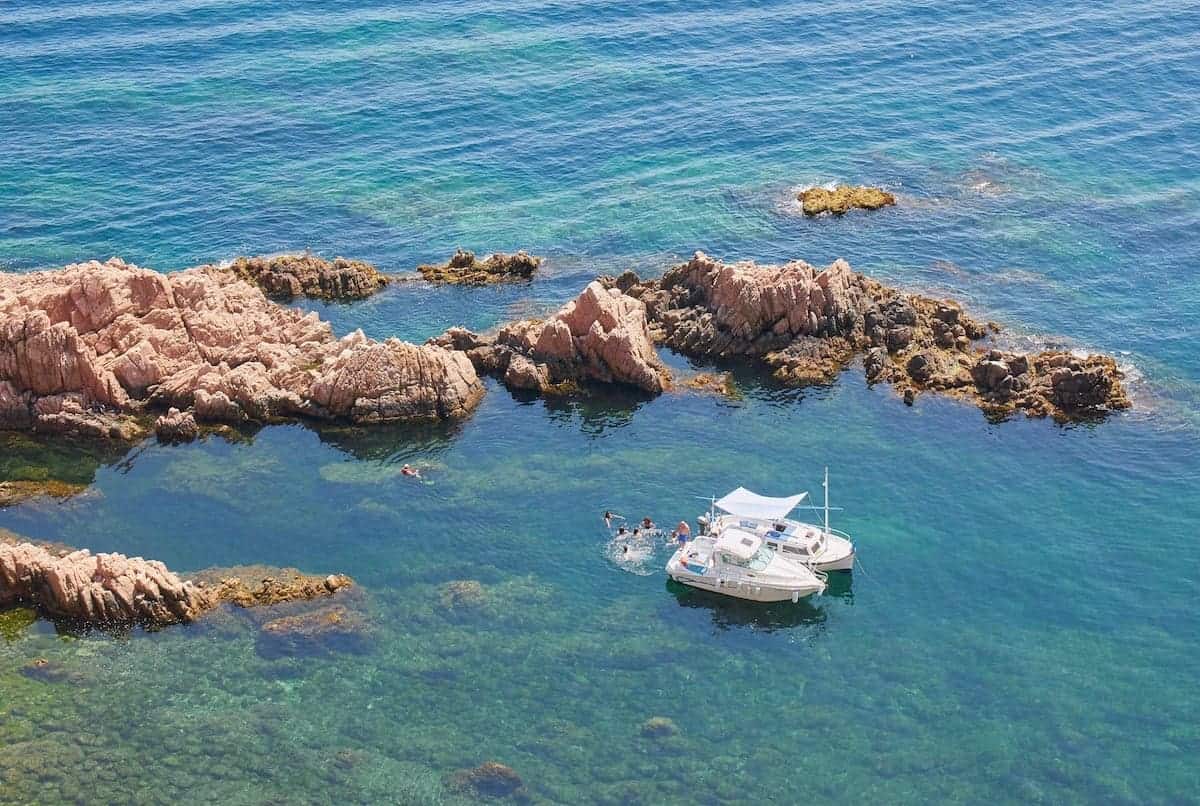
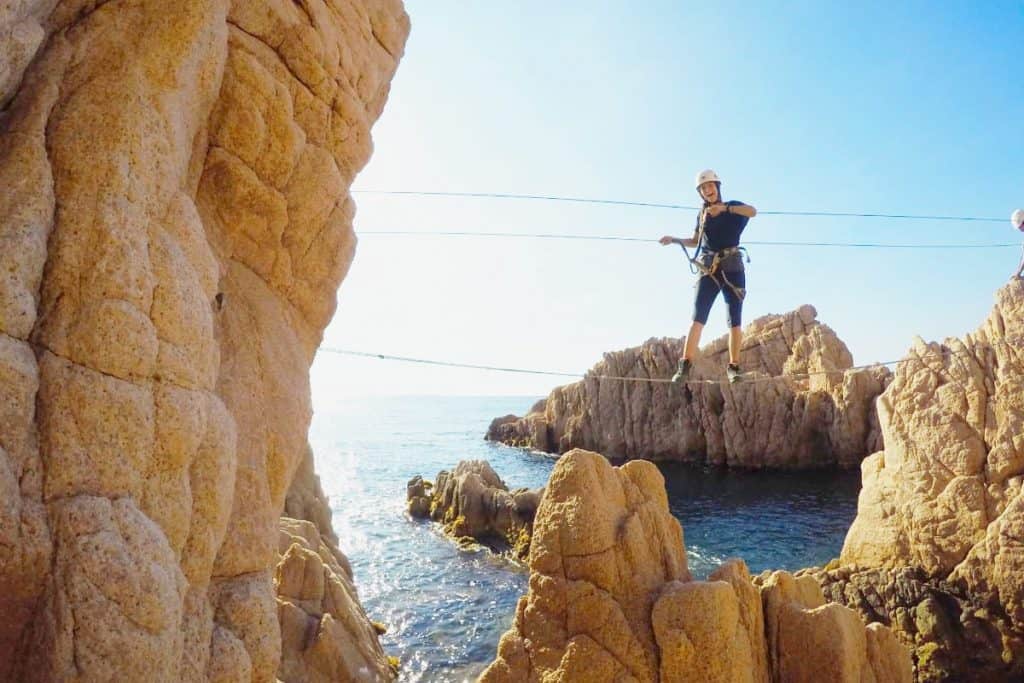
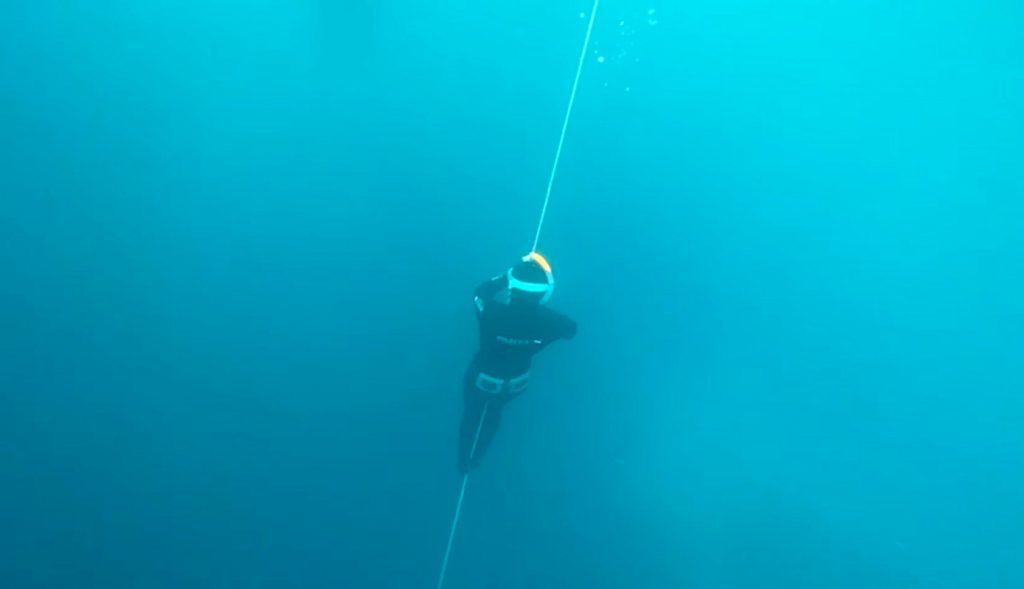
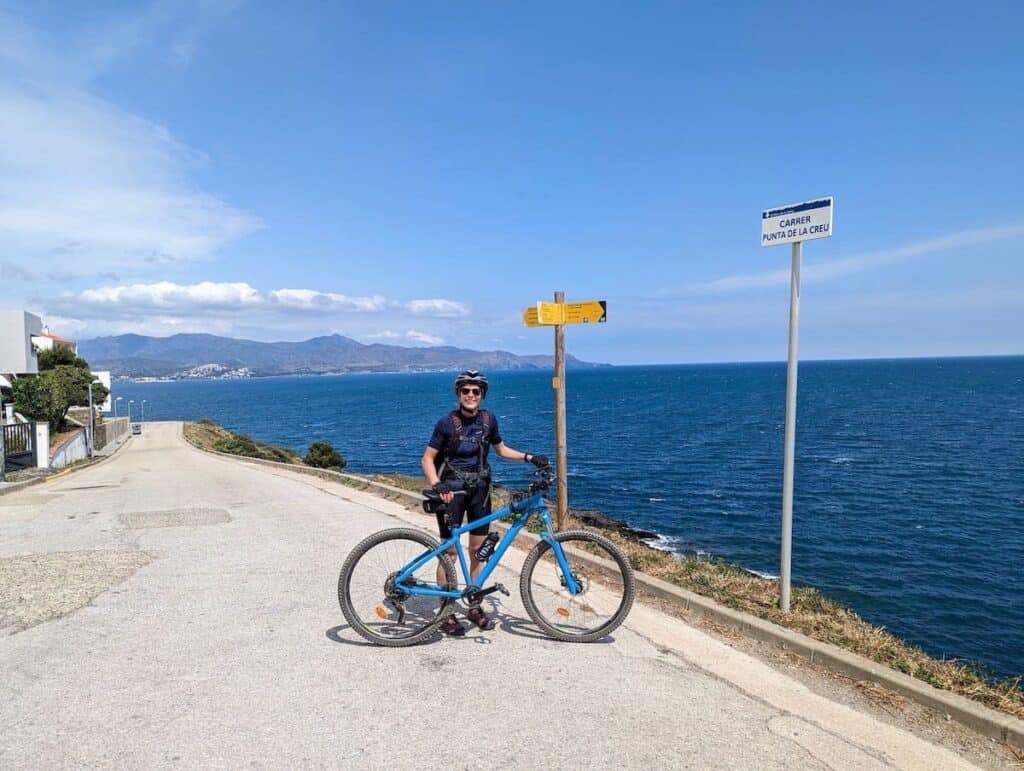
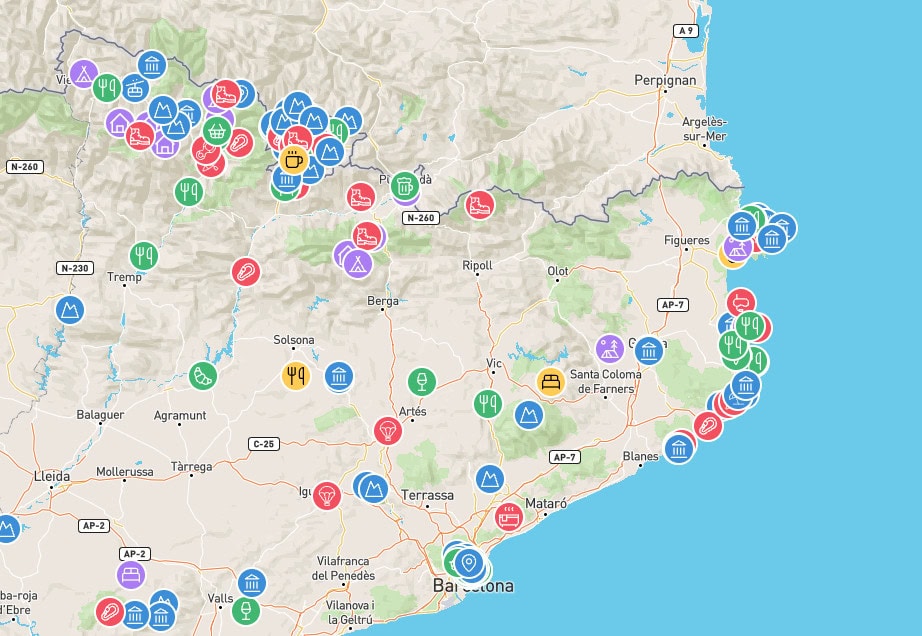
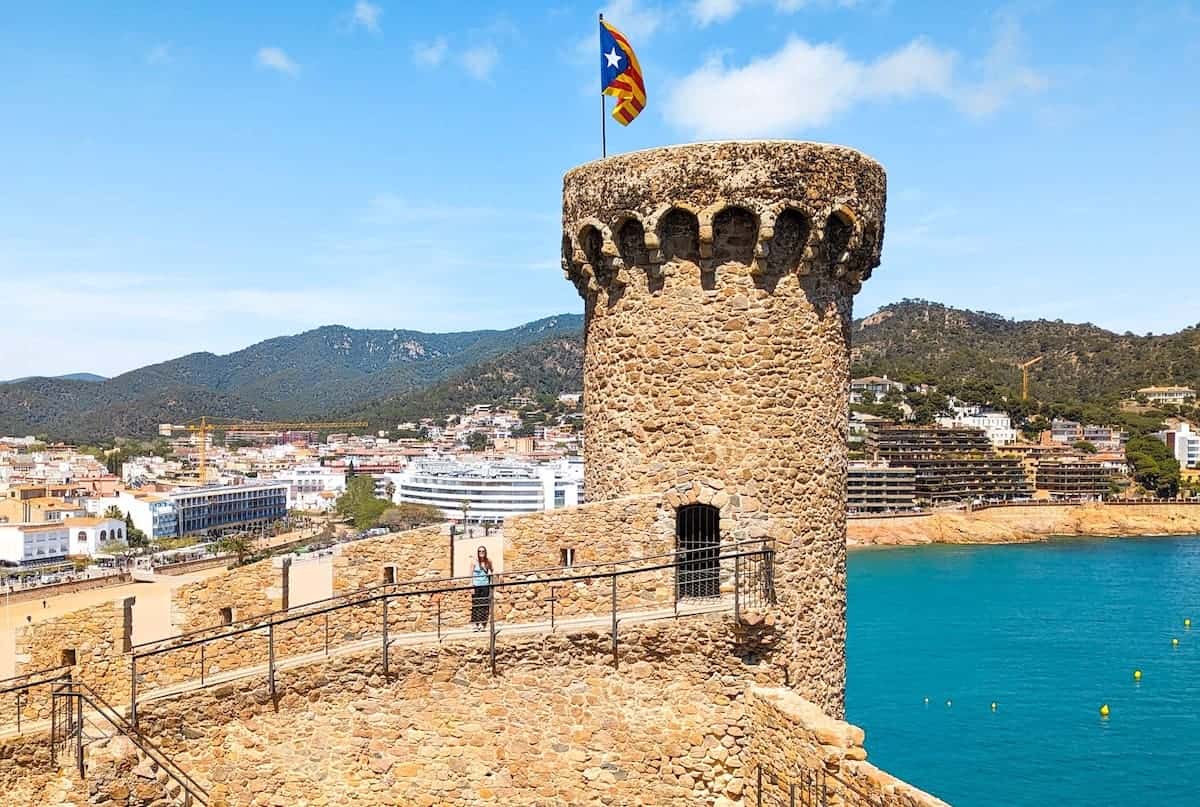
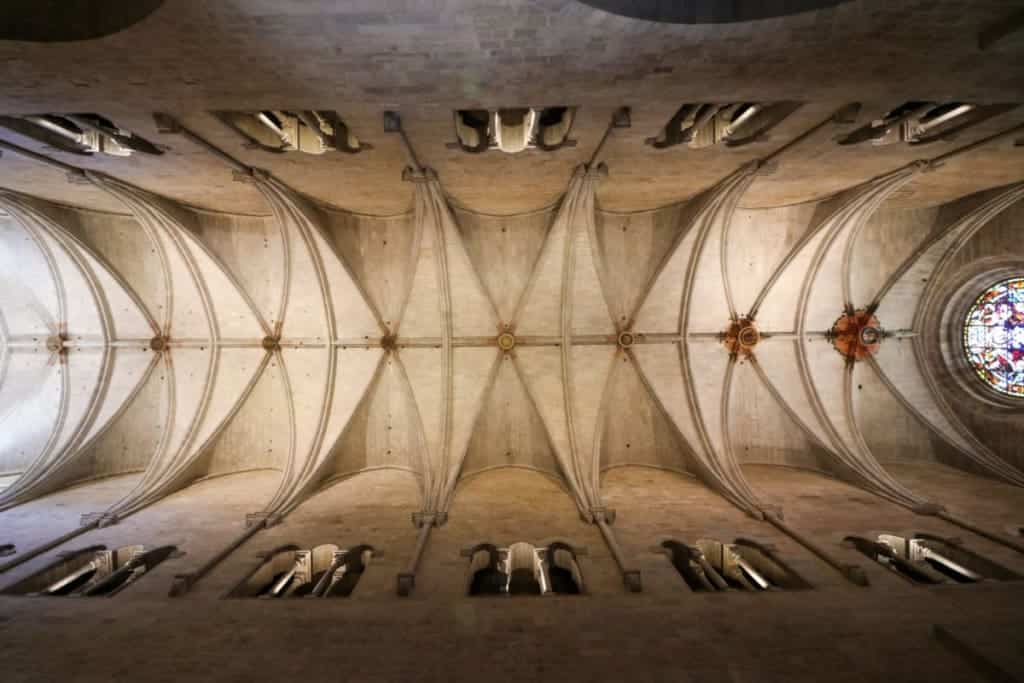
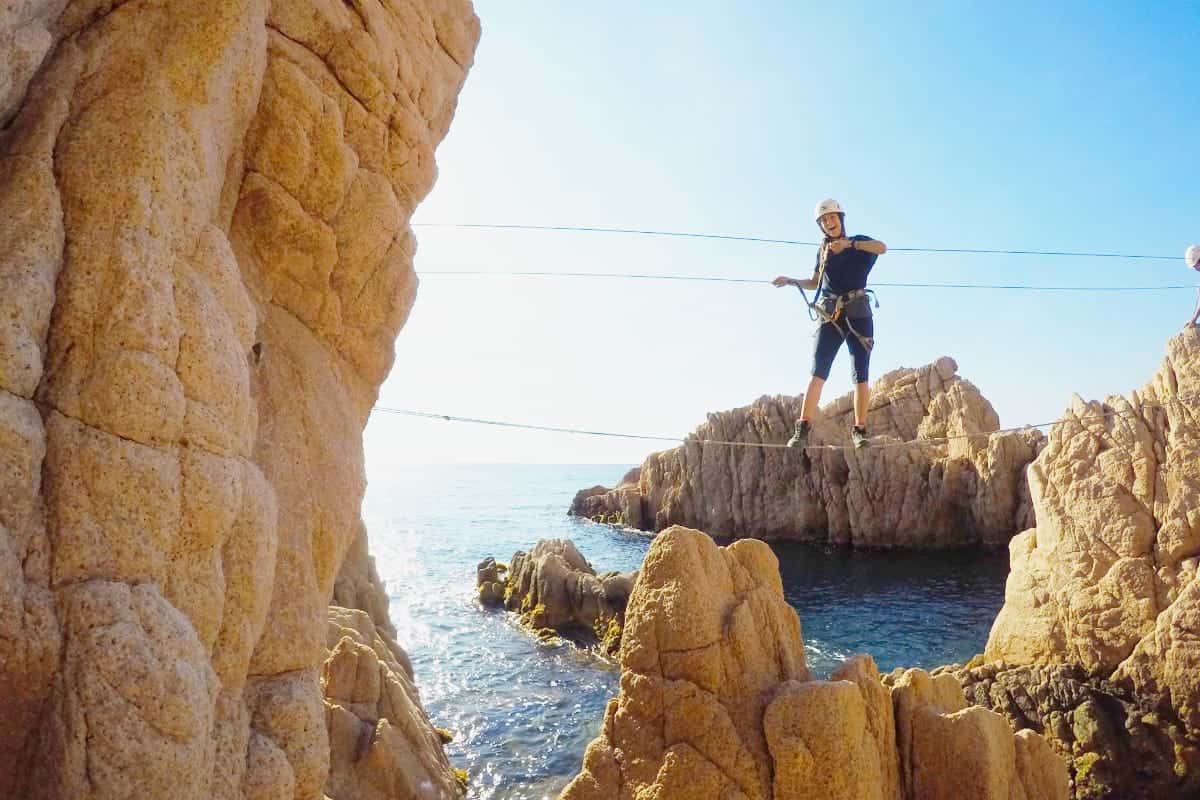
0 Comments